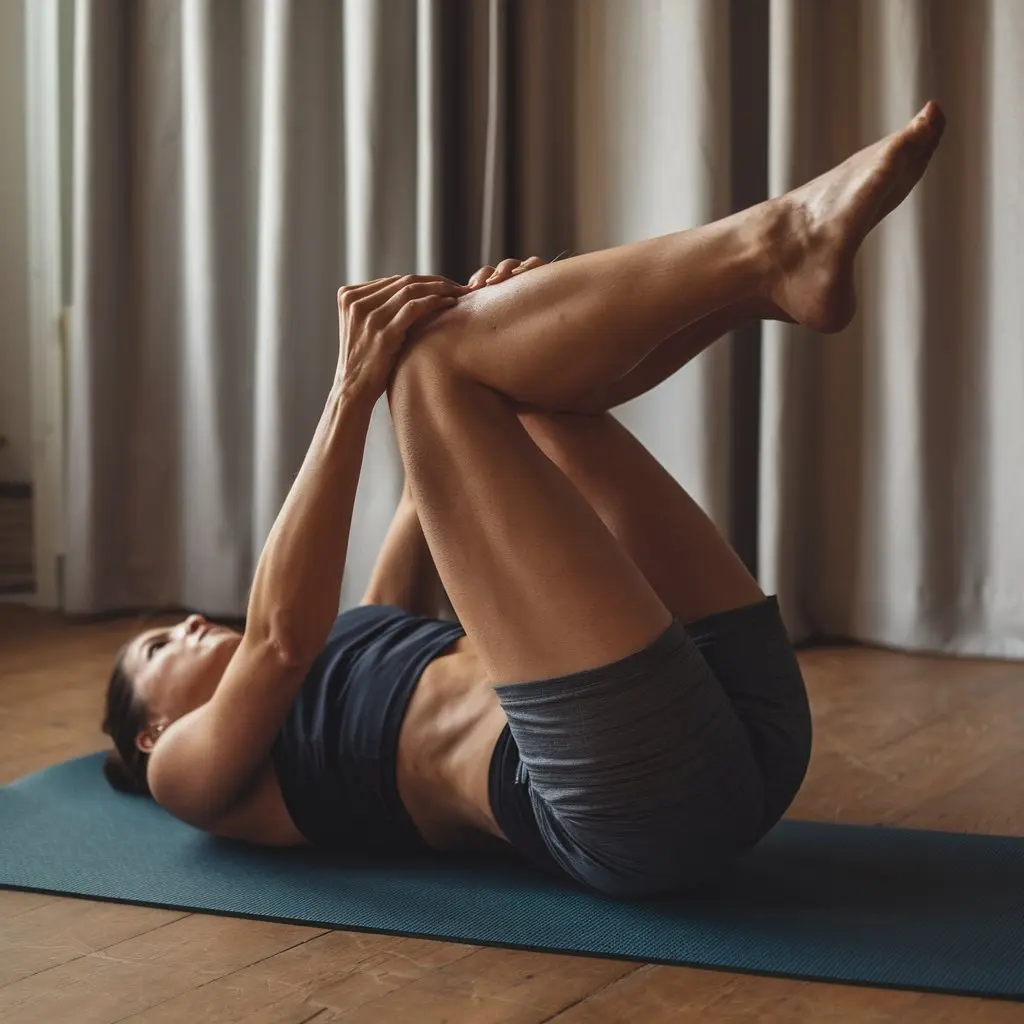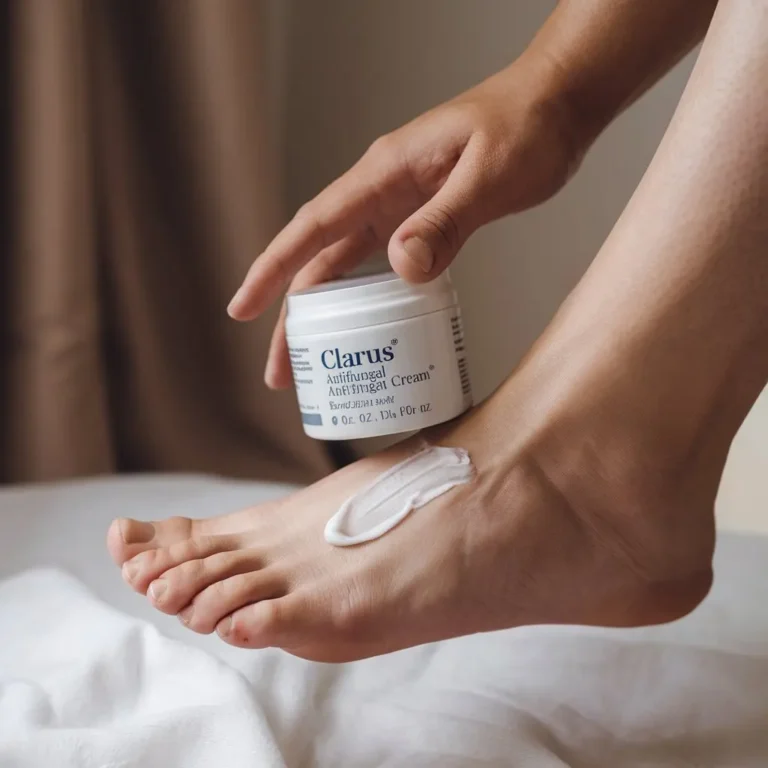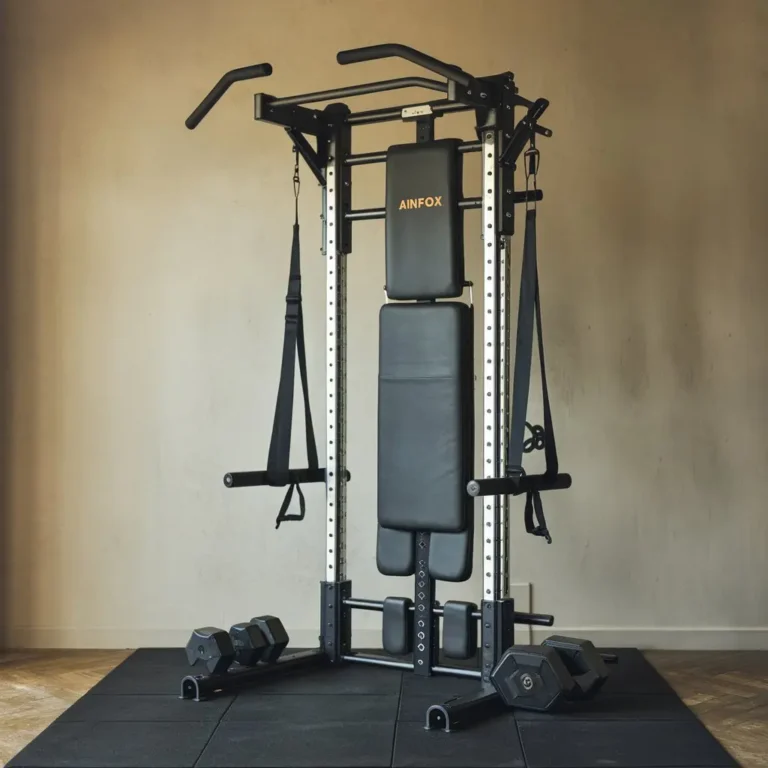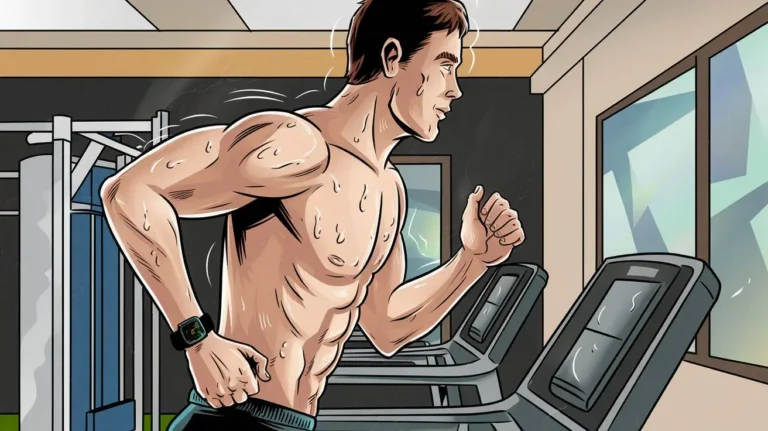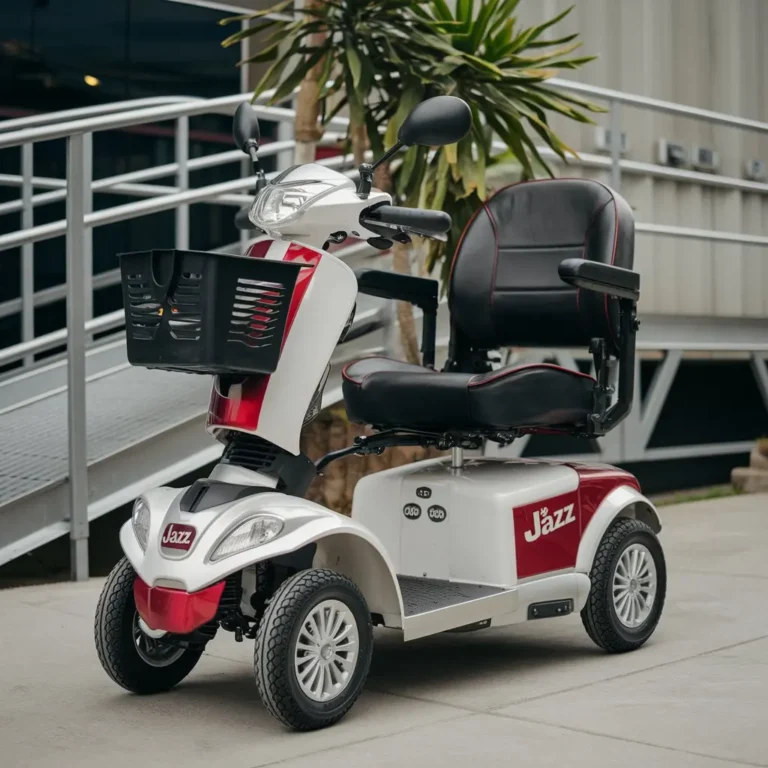Why the Hip Flexor is Predominantly a Calf Stretching Exercise.
Hip flexor exercises play a key role in mobility. But, surprisingly, these movements can also impact other areas like the calves. Let’s explore why stretching the hip flexors predominantly engages the calf muscles.
The Anatomy of Hip Flexors and Calves
The hip flexors include several muscles. These muscles sit in the pelvic region and help raise the knee. They also stabilize the lower back and pelvis. The main muscles in this group are the psoas major, iliacus, and rectus femoris. They control hip and leg movements, especially during walking or running.
Your calves, on the other hand, consist of two major muscles: the gastrocnemius and soleus. These muscles aid in foot flexion. They are responsible for movement and power when you walk, run, or jump.
How the Hip Flexor Affects Calf Muscles
Hip flexor stretches might target more than you think. When you stretch your hip flexors, the lower body, especially the calves, can also get involved. This happens because the two muscle groups are connected indirectly through your legs.
When you extend your hip or leg forward, the calf muscles engage to stabilize the movement. This stabilizing action leads to a stretch in the calf. So, when performing hip flexor exercises, you’re not just working on your hips but also stretching your calves.
Hip Flexors and Calves Work Together in Movements
When you perform activities like walking or running, both the hip flexors and calves engage. The hip flexors initiate the forward motion by pulling the thigh toward the torso. At the same time, the calf muscles push off the ground to propel you forward.
When these two muscle groups work in tandem, they provide smooth movement. But, if either group is tight, it can affect the other. For example, tight hip flexors can cause limited calf flexibility and vice versa. That’s why when you stretch one, you often feel a release in the other.
Stretching Techniques that Engage the Calves
Certain stretches designed for the hip flexors can lead to a good calf stretch. For instance, in a standard lunge, your back leg gets a deep stretch. This stretch not only targets the hip flexors but also elongates the calf muscles.
Another example is the pigeon pose. While primarily a hip opener, it engages the calf on the extended leg. By keeping the leg extended and foot flat, the calf muscles also lengthen, promoting flexibility.
Hip Flexor Stretches with a Calf Stretching Benefit
Several stretches offer dual benefits. The following moves work well for stretching both the hip flexors and calves:
- Low lunge: When you step one foot forward and extend the other leg back, your back leg’s calf gets a deep stretch.
- Downward-facing dog: This yoga pose stretches the entire back body, including the calves and hips. It allows your hips to flex while elongating the calf muscles.
- Standing quad stretch: As you pull your foot toward your glutes, you not only stretch your hip flexors but also engage your calves by stabilizing on one leg.
Why Tight Calves Limit Hip Flexor Flexibility
When your calf muscles are tight, it can affect the mobility of your hip flexors. Tight calves create tension throughout the lower body. This tension can pull on the muscles in the hips and restrict flexibility.
Limited calf flexibility may make some hip flexor stretches more difficult. You might not achieve full range of motion, which can prevent proper stretching of the hips. By addressing calf tightness, you improve overall flexibility and get more out of your hip flexor stretches.
The Importance of Flexibility in Both Muscle Groups
Flexibility in both the hip flexors and calves is crucial for proper movement. Stiffness in either muscle group can lead to imbalance. This imbalance may increase the risk of injury.
When you work on stretching both the hip flexors and calves, you enhance your range of motion. Increased flexibility leads to better posture, improved athletic performance, and reduced risk of strains. Balanced flexibility between the two muscle groups helps in everyday movements like walking, squatting, and climbing stairs.
How to Improve Calf and Hip Flexor Flexibility
Improving flexibility in the hip flexors and calves requires consistent practice. Incorporate dynamic stretches into your routine before workouts. These stretches will help activate and warm up the muscles. Use static stretches post-exercise to lengthen and relax the muscles.
You can also try foam rolling or using a massage ball to release tension in both the calves and hips. Spend extra time on tight spots to break up muscle knots.
Benefits of Stretching the Calves Through Hip Flexor Exercises
When you stretch your hip flexors and engage the calves, you unlock several benefits. These include:
- Improved balance: Flexibility in both muscle groups ensures stability and balance during movement.
- Better posture: Stretching the hip flexors and calves helps prevent hunching and forward-leaning posture.
- Enhanced athletic performance: Flexible hip flexors and calves lead to smoother, more efficient movements.
- Reduced pain: Stretching helps release tension in the lower back, hips, and calves, reducing discomfort.
Combining Hip Flexor and Calf Stretches for Maximum Results
To get the most out of your stretching routine, combine stretches for both the hip flexors and calves. Try alternating between stretches that target each group. For example, perform a hip flexor lunge followed by a calf stretch like a standing toe touch.
By addressing both areas equally, you’ll improve flexibility, mobility, and overall lower body function. Consistency is key. Aim to stretch daily to keep your muscles loose and prevent tightness.
Conclusion
While many people think of hip flexor exercises as purely for the hips, the truth is that they also engage the calves. The connection between these muscle groups means that stretching one often stretches the other. By incorporating a variety of stretches, you can improve flexibility in both your calves and hip flexors.
Stretch regularly, and focus on maintaining balance between these muscles. Your calves will thank you as much as your hips, leading to better mobility, flexibility, and overall movement efficiency.

